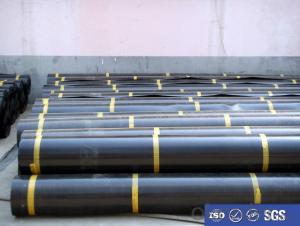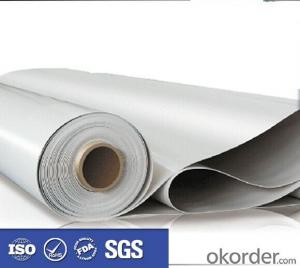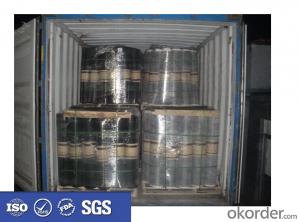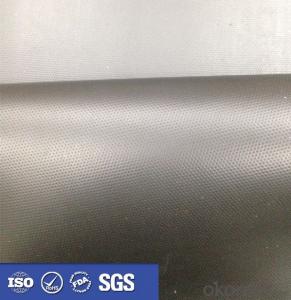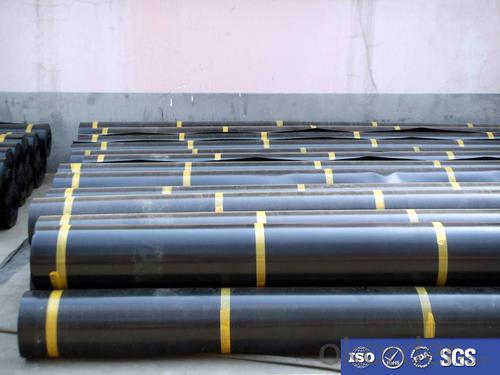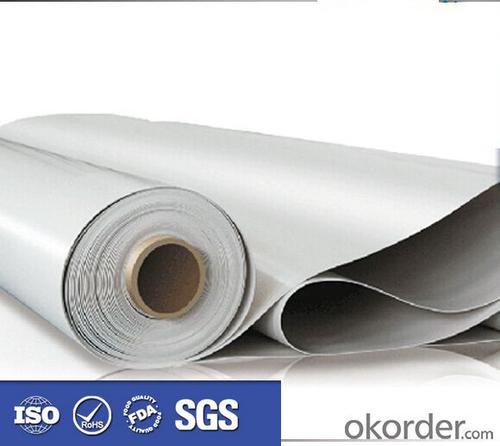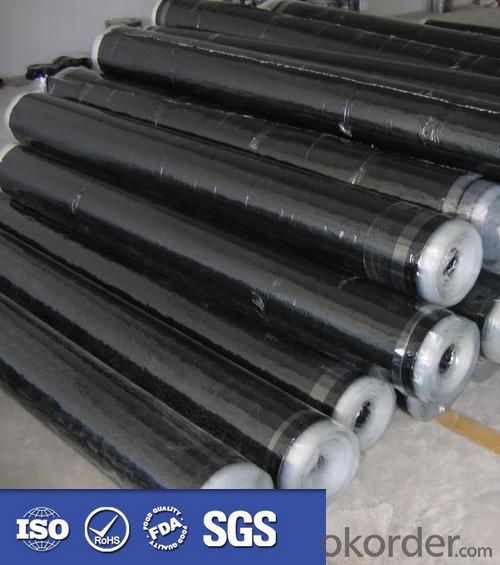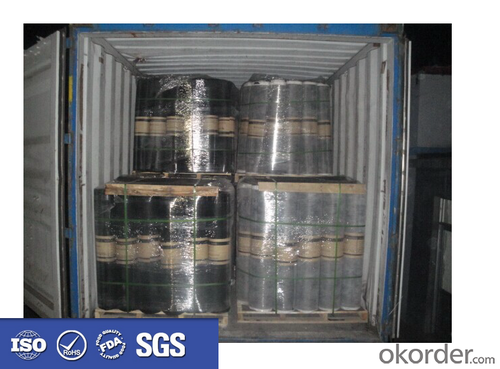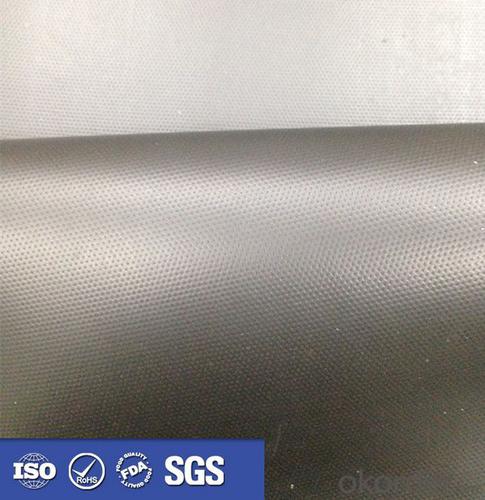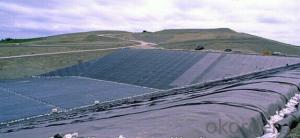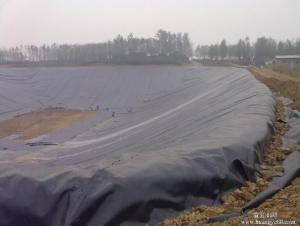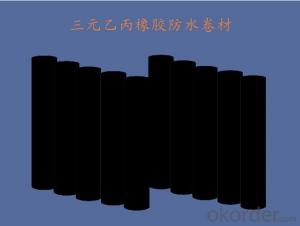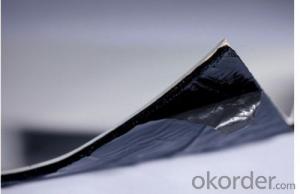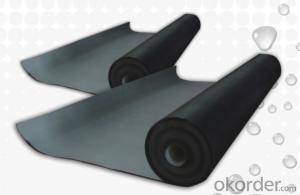EPDM Waterproof and Breathable Roofing Membrane
- Loading Port:
- Qingdao
- Payment Terms:
- TT OR LC
- Min Order Qty:
- 2000 m²
- Supply Capability:
- 8000000 m²/month
OKorder Service Pledge
OKorder Financial Service
You Might Also Like
Description Of EPDM Waterproof and Breathable Roofing Membrane:
Self adhesive waterproof rolling material:
thickness:1.2/1.5/2.0mm
length/roll:10/20m
width/roll:1.02m
Low temperature:-15 -20,-30
Main Features of EPDM Waterproof and Breathable Roofing Membrane:
1) High tear
2) High puncturing strength
3) Great temperature resistance.
4) High dimensional stability
Specifications of EPDM Waterproof and Breathable Roofing Membrane:
Material | EPDM Self-adhesive Waterproof Membrane |
Size | 1.2m (width)*20m (length) or customized, weldable type 2.05m or 4m width |
Thick | 1.2mm, 1.5mm, 2.0mm |
Type | Vulcanized & Weldable |
Pattern | Non-reinforced (homogeneous) |
Certificate | ISO9001/14001 |
Applications of EPDM Waterproof and Breathable Roofing Membrane:
1.It is widely used in civil and industry construction.
2.The waterproof,dampproof of the roofs,basements,toilets etc;
3.And the waterproofing of subway,underground,bridges,car parking,tunnels,reserviors,pool etc.
4.SBS modified bitumen waterproof membrane is specially suitable to the building waterproofing in cold area and to the buildings of changeable constructions
5.APP specially suitable to areas of high temperature and of strong sunshine.
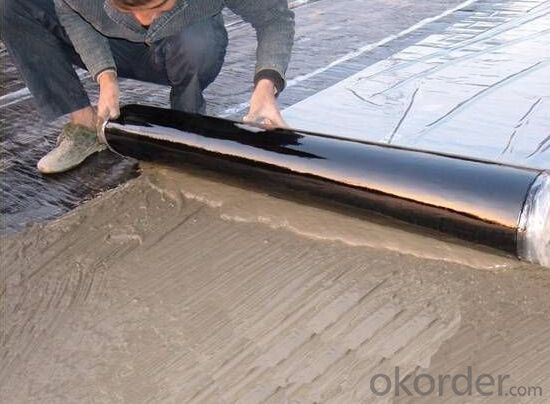
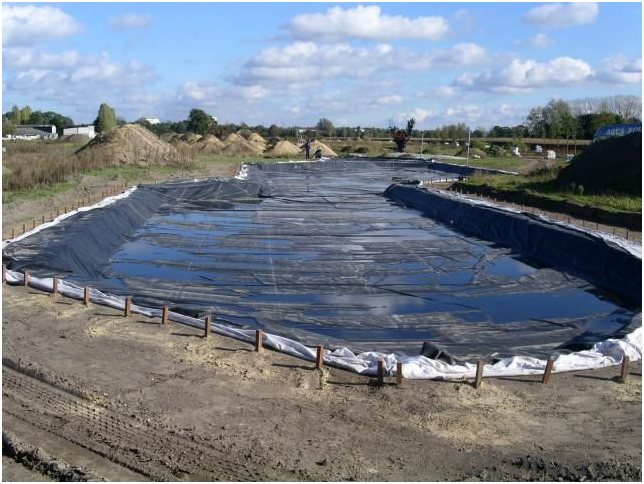
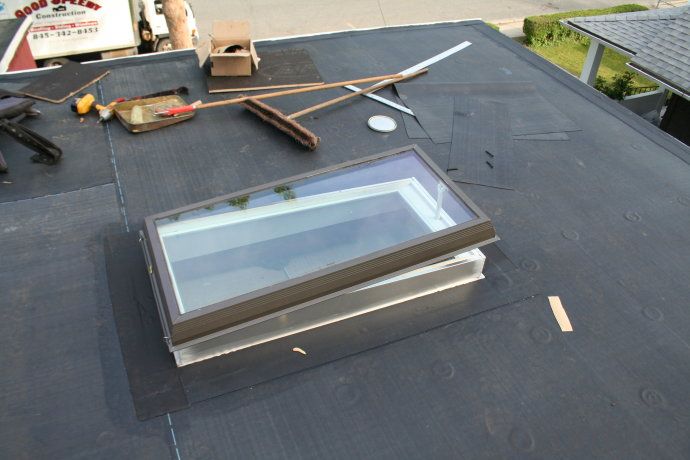
FAQ:
1. What are we supplying?
We are specialized in producing Colorful Asphalt Roof Shingle, SBS/APP modified bitumen waterproof membrane, Self adhesive bitumen waterproof membrane, PVC waterproofing membrane, EPDM rubber roofing membrane, Single Component Polyurethane Waterproof Coating, and Spray Polyurea Waterproof Coating.
2. How Many years experience do we have?
We have been exported to more than 20 countries in the past 15 years.
3. How long do we usually reply your request?
We always reply our customer within 24 hours.
- Q: Is a waterproofing membrane resistant to extreme weather conditions?
- Yes, a waterproofing membrane is designed to be resistant to extreme weather conditions. It provides a protective barrier against heavy rain, snow, and intense sunlight, ensuring that it remains intact and effective in preventing water infiltration and damage to the underlying structure.
- Q: Can a waterproofing membrane be used for bridges?
- Yes, a waterproofing membrane can be used for bridges. Waterproofing membranes are commonly used in bridge construction to protect the bridge deck and structural elements from water penetration and moisture damage. The membrane forms a barrier against water and prevents corrosion of reinforcing steel, extending the lifespan of the bridge.
- Q: Are there any specific requirements for installing a waterproofing membrane?
- Yes, there are specific requirements for installing a waterproofing membrane. These requirements may vary depending on the type of membrane being used and the specific application. However, some general requirements include: 1. Surface Preparation: The surface where the membrane will be installed must be clean, dry, and free from any dust, debris, or contaminants. Any cracks or defects in the surface should be repaired prior to installation. 2. Adhesive or Bonding Agent: Depending on the type of membrane, an adhesive or bonding agent may be required to ensure proper adhesion to the substrate. This adhesive should be compatible with both the membrane and the substrate. 3. Primer: In some cases, a primer may be necessary to enhance the adhesion between the substrate and the membrane. The type of primer required will depend on the specific membrane and substrate being used. 4. Seam and Joint Preparation: Properly preparing seams and joints is crucial to ensure a watertight installation. This may involve using a specific sealant or tape to reinforce the seams and prevent water penetration. 5. Installation Techniques: The membrane should be installed according to the manufacturer's instructions and industry best practices. This may include using a specific method such as torching, hot air welding, or cold adhesive application. 6. Overlaps and Transitions: Properly overlapping the membrane sheets and ensuring smooth transitions between different areas is essential for a successful installation. This will help prevent water from seeping through gaps or weak points in the membrane. 7. Quality Control: Regular inspections and quality control measures should be implemented throughout the installation process to ensure that the membrane is being installed correctly and meets the required standards. It is important to consult the manufacturer's guidelines and specifications for the specific waterproofing membrane being used, as different membranes may have unique installation requirements. Additionally, local building codes and regulations should also be considered to ensure compliance and to meet any specific requirements in your area.
- Q: Can a waterproofing membrane be used on both interior and exterior surfaces of a structure?
- Yes, a waterproofing membrane can be used on both interior and exterior surfaces of a structure. It is designed to create a barrier that prevents water penetration, whether it is applied on the inside or outside of a building.
- Q: Can a waterproofing membrane be used for a parking garage deck?
- Yes, a waterproofing membrane can be used for a parking garage deck. Waterproofing membranes are commonly used in parking garages to protect the concrete structure from water damage caused by rain, snow, and other environmental factors. These membranes create a barrier that prevents water from penetrating the deck, helping to extend its lifespan and reduce maintenance costs.
- Q: Can a waterproofing membrane be used on both residential and commercial buildings?
- Yes, a waterproofing membrane can be used on both residential and commercial buildings. Waterproofing membranes are designed to protect the structure from water infiltration, regardless of the type of building. They can be applied to various surfaces, such as roofs, basements, and foundations, providing an effective barrier against moisture. Therefore, whether it's a residential or commercial property, using a waterproofing membrane can help prevent water damage and ensure the longevity of the building.
- Q: Can a waterproofing membrane be applied on top of existing coatings?
- Yes, it is possible to apply a waterproofing membrane on top of existing coatings. However, there are certain factors that need to be considered before doing so. Firstly, the condition and adherence of the existing coating should be assessed to ensure it is in good condition and capable of providing a suitable substrate for the waterproofing membrane. If the existing coating is loose, damaged, or incompatible with the waterproofing membrane, it may need to be removed or repaired before applying the membrane. Additionally, compatibility between the existing coating and the waterproofing membrane is crucial. Different types of coatings and membranes may not adhere well to each other, leading to poor performance or failure. It is important to consult the manufacturer's recommendations and seek professional advice to ensure compatibility between the existing coating and the chosen waterproofing membrane. Furthermore, proper surface preparation is essential for the successful application of a waterproofing membrane on top of existing coatings. The surface should be thoroughly cleaned, free from dirt, debris, and any loose or flaking coating. Additionally, any cracks, holes, or imperfections in the existing coating should be repaired before applying the membrane. In conclusion, while it is possible to apply a waterproofing membrane on top of existing coatings, it is crucial to assess the condition and adherence of the existing coating, ensure compatibility between the coating and membrane, and properly prepare the surface for successful application. Seeking professional advice and following manufacturer's recommendations are highly recommended to ensure the effectiveness and longevity of the waterproofing system.
- Q: Can a waterproofing membrane be used in ponds or reservoirs?
- Yes, a waterproofing membrane can be used in ponds or reservoirs. Waterproofing membranes are designed to create a barrier that prevents water from seeping through, making them an effective solution for creating a watertight seal in ponds or reservoirs.
- Q: How thick is a typical waterproofing membrane?
- The thickness of a waterproofing membrane can differ depending on its purpose and the specific product employed. However, the typical range for these membranes is usually between 0.5mm and 2mm. Thinner membranes are commonly utilized for interior applications such as showers, whereas thicker membranes are more commonly applied to roofs or underground structures. To ensure the correct thickness is chosen for a particular waterproofing project, it is crucial to consult the manufacturer's guidelines and specifications.
- Q: Can a waterproofing membrane be applied in cold weather conditions?
- Yes, a waterproofing membrane can be applied in cold weather conditions. However, it is important to note that the specific temperature range in which it can be applied may vary depending on the product and manufacturer guidelines. Some waterproofing membranes are designed to withstand cold temperatures and can be applied as low as -20 degrees Celsius (-4 degrees Fahrenheit), while others may have a higher minimum application temperature. It is crucial to follow the instructions provided by the manufacturer and ensure that the surface is properly prepared and free from any ice, snow, or moisture. Additionally, it is recommended to consult with a professional contractor who has experience working with waterproofing membranes in cold weather conditions to ensure the best results.
Send your message to us
EPDM Waterproof and Breathable Roofing Membrane
- Loading Port:
- Qingdao
- Payment Terms:
- TT OR LC
- Min Order Qty:
- 2000 m²
- Supply Capability:
- 8000000 m²/month
OKorder Service Pledge
OKorder Financial Service
Similar products
Hot products
Hot Searches
Related keywords
